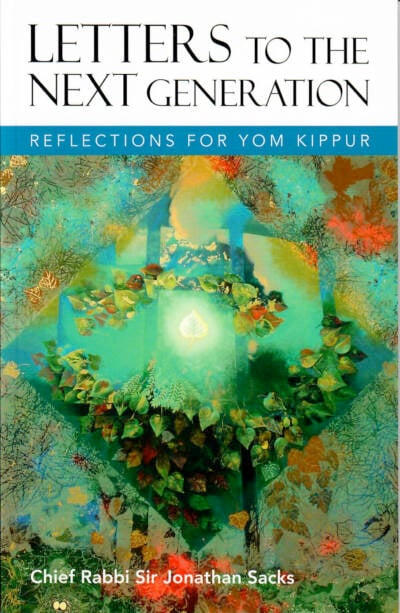Yom Kippur, the Jewish day of days, is a time when we do more than confess and seek atonement for our sins. It’s the supreme day of Teshuvah, which means “returning, coming home.” To come home we have to ask who we are and where we truly belong. It is a day when we reaffirm our identity.
There were times when this was high drama. Periodically, from Visigoth Spain in the seventh century to Spain and Portugal in the fifteenth, Jews were confronted with the choice: Convert or
be expelled. Sometimes it was: Convert or die. Most did not convert but some did. They were known in Hebrew as anusim (people who acted under pressure), and in Spanish as conversos or (as a term of abuse) marranos. Outwardly they behaved as if they were Christians or Muslims but secretly they kept their faith as Jews.
Once a year, at great risk, they would make their way to the synagogue as their way of saying, “A Jew I am and a Jew I will remain.” This may explain the prayer before Kol Nidrei, giving permission to pray with “transgressors” (abaryanim). It may also be why Kol Nidrei became so deeply engraved in the Jewish heart, because of the tears of those who asked God to forgive them for vows they had taken through fear of death. On Yom Kippur even the most estranged Jew came home.
Today, thankfully, Jews are under no such threat. But being Jewish hasn’t always been easy in the contemporary world, not just because of antisemitism and attacks on Israel but also because the whole thrust of our culture has little time for religious faith. So I have written this little book hoping it will help you answer some of the questions you may be asking as you reflect on how you will live in the year to come. I’ve written it in the form of letters to two Jewish students. They aren’t actual people, but their questions are those I’m most often asked.
Writing it, I’ve held in mind the memory of four very special people: the late Susi and Fred Bradfield, whose lives were a sustained tutorial in Jewish commitment and generosity; the late
Marc Weinberg, one of the leaders of his generation, who died in Israel last year at the age of 35; and my late mother Libby who died on the first night of Succot 5771, to whom I and my brothers
owe so much. May their memories be a blessing.
May God be with you and the Jewish people in the coming year. May He forgive us our failings, heed our prayers and write us in the Book of Life.
Chief Rabbi Lord Sacks
Tishrei 5772





